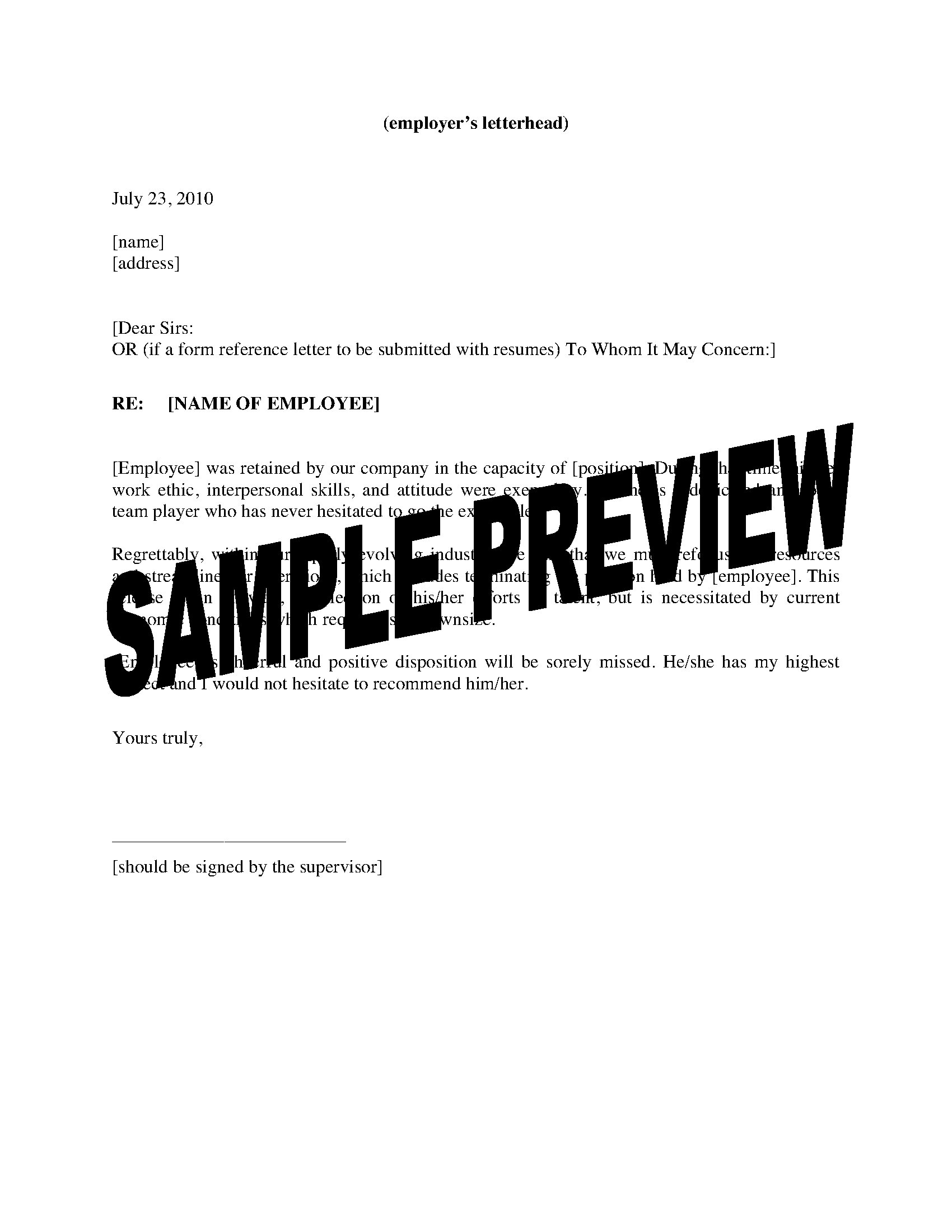Who Pays Redundancy Money? Recognizing Employer Obligations in the UK
Wiki Article
Unloading the Strategies for Mitigating Company Redundancy and Enhancing Organizational Durability
Mitigating firm redundancy and boosting business resilience have actually become focal points for leaders striving to flourish and adapt in an ever-evolving market. As we explore the diverse methods utilized by forward-thinking organizations, a deeper insight emerges right into the positive procedures crucial for cultivating dexterity and stamina in the face of change.Assessing Current Organizational Redundancies
To effectively examine present business redundancies within a company, an extensive testimonial of the existing functions, duties, and processes is vital. if a company goes bust who pays redundancy. By conducting an extensive evaluation of the various features and tasks executed within the company, management can recognize areas where replication of initiatives or inadequacies exist. This evaluation should not just concentrate on specific task duties however also think about how various departments work together and engageOne strategy to reviewing redundancies is to assess work summaries and obligations to identify any overlaps or spaces in responsibilities. Furthermore, assessing the process and interaction channels can expose traffic jams or unneeded action in processes. It is essential to include staff members in any way levels throughout this analysis to obtain insights from those directly associated with everyday operations.

Carrying Out Agile Labor Force Strategies
Complying with a comprehensive evaluation of existing business redundancies, the implementation of nimble workforce techniques ends up being crucial for enhancing operational performance and flexibility. Active workforce techniques involve producing a versatile and vibrant workplace where workers can swiftly adjust to altering service needs. One essential aspect of executing active workforce methods is promoting a society of continuous knowing and development. This involves providing employees with the necessary devices, sources, and training to obtain new skills and competencies. Additionally, companies can improve dexterity by promoting cross-functional groups that can easily shift and work together focus based on concern jobs.An additional vital component of active labor force techniques is advertising transparent communication and encouraging workers to make choices autonomously within their functions. By decentralizing decision-making procedures, organizations can respond better to obstacles and opportunities. Additionally, taking on agile job monitoring approaches, such as Scrum or Kanban, can boost and simplify workflows efficiency. On the whole, implementing nimble labor force approaches can help companies stay affordable in today's swiftly evolving company landscape.
Leveraging Modern Technology for Efficiency
Leveraging sophisticated technological services can dramatically boost operational performance within companies seeking to simplify processes and optimize resource use. By incorporating automation devices, fabricated knowledge, and data analytics, companies can simplify operations, minimize hands-on errors, and make data-driven choices immediately. Automation can deal with repetitive jobs, enabling employees to concentrate on more strategic campaigns, consequently increasing productivity and advancement.Moreover, the implementation of cloud computer services makes it possible for seamless collaboration amongst employee, no matter their physical area. This fosters interaction, enhances task management, and boosts overall performance. Additionally, making use of customer connection administration (CRM) software application can aid businesses better recognize their customers' requirements, customize communications, and eventually raise customer contentment and loyalty.

Urging Constant Learning and Advancement
Implementing a society of continual learning and growth is crucial for cultivating development and adaptability within a dynamic business atmosphere. Encouraging workers to engage in ongoing knowing possibilities not just enhances their individual skills yet also adds to the general durability of the business. By prioritizing continuous understanding, organizations can stay abreast of market fads, adjust to technological improvements, and stay affordable out there.To efficiently motivate continuous knowing and advancement, firms can develop understanding and growth programs, offer possibilities for upskilling and reskilling, provide accessibility to on-line training courses and sources, and create a supportive learning environment. Supervisors play a critical duty in promoting a society of learning by leading by instance, offering comments and mentoring, and identifying and compensating employees' knowing accomplishments.
Building a Resilient Corporate Culture
Creating a resistant corporate society is paramount for companies seeking to grow and navigate obstacles in an ever-evolving service landscape. A resistant business culture is identified by adaptability, transparency, open interaction, and a strong sense of function. To build such a culture, leaders have to focus on cultivating trust amongst staff members, urging cooperation, and advertising a development frame of mind. Transparent interaction concerning organizational modifications, difficulties, and successes is essential in creating a culture where workers really feel notified and valued. if a company goes bust who pays redundancy In addition, giving opportunities for specialist advancement, acknowledging and rewarding workers' contributions, and promoting work-life equilibrium are vital components of a resilient business culture.
Leaders play a considerable duty in forming the society of an organization. By leading by example, demonstrating strength in the face of hardship, and actively sustaining their teams, leaders can infuse these values throughout the company. A durable business culture not just aids firms withstand difficulties however likewise promotes advancement, boosts staff member involvement, and inevitably adds to lasting business success.
Verdict
In verdict, the techniques for mitigating firm redundancy and improving business durability are crucial for keeping competitiveness in today's vibrant business atmosphere. By assessing existing redundancies, implementing dexterous workforce methods, leveraging technology, motivating continuous discovering and growth, and building a resistant corporate culture, organizations can adapt to transform, boost effectiveness, and foster technology. These proactive actions will help business browse challenges, lessen disturbances, and make sure lasting success in the ever-evolving market.
Following a comprehensive evaluation of present organizational redundancies, the application of active workforce methods becomes vital for optimizing operational performance and versatility - if a company goes bust who pays redundancy. In general, implementing active workforce techniques can aid companies stay affordable in today's swiftly advancing service landscape
A resistant company society not just assists firms withstand difficulties yet also promotes advancement, boosts staff member involvement, and eventually contributes to long-term business success.

Report this wiki page